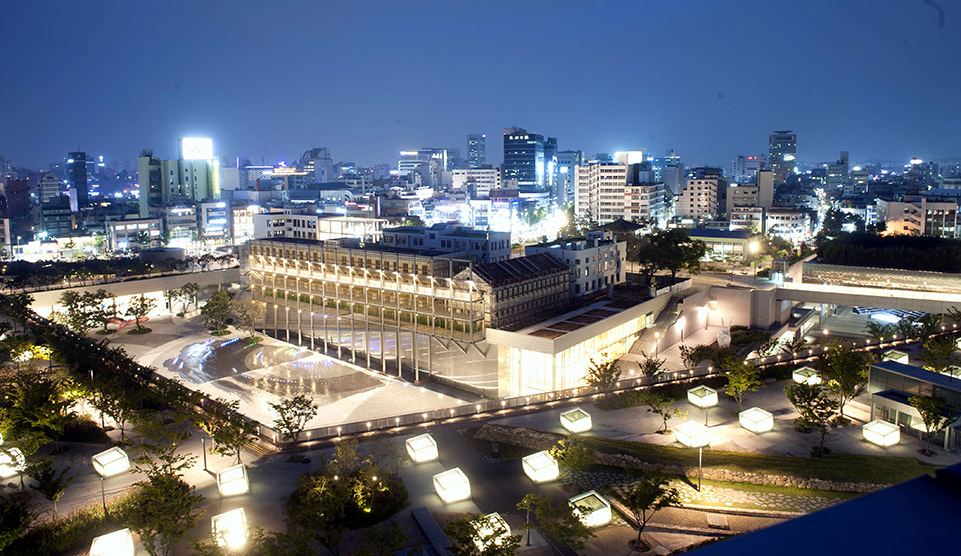Gentlemen’s Club
페이지 정보

본문
Gentlemen’s Club
Why is it called Boys and Girls club?
The term "Boys and Girls Club" typically refers to youth organizations that provide leisure, educational, and social alternatives for youngsters and youngsters. However, when discussing the term in relation to a Gentlemen's Club, HiOP it might possibly evoke a special understanding.
Reasons for the Terminology
- Tradition: The phrase "Boys and Girls" emphasizes inclusivity and camaraderie, mirroring the social environment sometimes present in Gentlemen's Clubs.
- Socialization: Just as Boys and Girls Clubs encourage social skills and bonding among youth, Gentlemen's Clubs focus on networking and social interplay amongst adults.
- Stereotypes: The name reflects traditional gender roles, the place "boys" and "girls" symbolize the distinct social experiences typically portrayed in such establishments.
In essence, whereas the names might recommend a playful connection, they fundamentally address totally different aspects of socialization and group constructing throughout age teams.
What is a modern-day gentleman?
A modern-day gentleman embodies a blend of conventional values and up to date ideals. He is characterized by a strong sense of integrity, respect for others, and an understanding of the importance of manners in social interactions.
Style and Presentation
Style performs a big position within the trendy gentleman's persona. He pays attention to his personal grooming and clothes selections, choosing well-fitted apparel that displays his personality whereas remaining appropriate for the occasion. A tailored go well with for formal occasions or smart informal attire for social gatherings showcases his dedication to looking polished.
Cultural Awareness
A true gentleman is culturally conscious and appreciates numerous perspectives. He engages in significant conversations, listens actively, and exhibits empathy in course of the experiences of others. This characteristic enhances his presence in social environments, such as Gentlemen’s Clubs, which frequently function venues for networking and intellectual discussions.
Social Etiquette
In the context of a Gentlemen’s Club, the modern day gentleman adheres to a set of social etiquettes. He understands the nuances of etiquette, such as correct dining manners, well mannered conversation, and the significance of discretion in personal and skilled matters. This creates an environment of respect and camaraderie amongst club members.
Personal Growth and Responsibility
The trendy gentleman values personal development and continuous learning. He seeks alternatives to broaden his knowledge, whether or not through literature, travel, or new experiences. Additionally, he takes duty for his actions, whether in his private life, career, or social engagements. This accountability is a trademark of his character.
Community Engagement
Lastly, a contemporary gentleman typically engages together with his neighborhood, collaborating in charitable events and initiatives. He understands the significance of giving back and strives to make a optimistic influence on the world round him, further exemplifying the ethos of the modern gentleman.
When did Gentlemen's Club start?
The concept of Gentlemen's Clubs originated in the early 18th century in England. These exclusive establishments catered primarily to rich males, providing an area for socializing and networking.

The Early Development
The first known Gentlemen's Club, White's, was established in 1693. Others adopted in the subsequent many years, creating a development that led to the growth of comparable clubs throughout London and past.
Evolution Over Time
Throughout the 19th century, Gentlemen's Clubs turned extra refined, often related to aristocracy and influential figures, solidifying their status in British culture.
- 이전글11.5G Privateer Dice Casino Poker Chips Review 25.01.09
- 다음글꿈과 현실: 목표 달성을 위한 노력 25.01.09
댓글목록
등록된 댓글이 없습니다.


